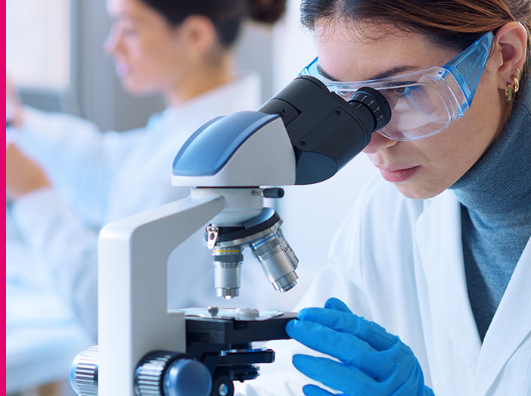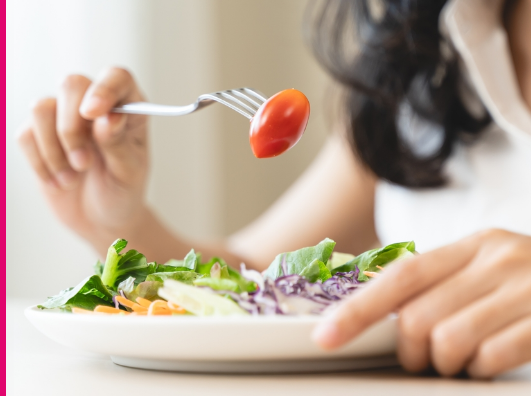Are Pulses the Ultimate Plant-Based Protein Source?
Pulses, the edible seeds of legumes, have been a staple in human diets for thousands of years. From lentils and chickpeas to beans and peas, pulses are celebrated for their nutritional value, affordability, and versatility. But one question often arises: Do pulses really provide the proteins our body needs? The answer is a resounding yes—pulses are an excellent source of protein, and when consumed as part of a balanced diet, they can meet a significant portion of our protein requirements.
Let’s explore why pulses are a powerhouse of protein and how they fit into a healthy diet.
Which pulses are high in protein?
Lentils
- Protein: ~9 grams per 100 grams (cooked).
- Varieties: Red lentils (lal masoor), green lentils, brown lentils, and black lentils.
- Black lentils (urad dal) are especially protein-rich.
Chickpeas
- Protein: ~8-9 grams per 100 grams (cooked).
- Versatile and used in dishes like hummus, curries, and salads.
Black Beans
- Protein: ~8-9 grams per 100 grams (cooked).
- Rich in fiber and antioxidants.
Kidney Beans
- Protein: ~8-9 grams per 100 grams (cooked).
- Commonly used in salads and Indian rajma dishes.
Soybeans
- Protein: ~16-18 grams per 100 grams (cooked).
- One of the highest-protein pulses, often used to make tofu, tempeh, and soy milk.
Peas (Green Peas or Split Peas)
- Protein: ~5-8 grams per 100 grams (cooked).
- Split peas are particularly high in protein and used in soups and dals.
Mung Beans
- Protein: ~7-8 grams per 100 grams (cooked).
- Commonly used in Indian curries and sprouted for salads.
Pigeon Peas (Toor Dal)
- Protein: ~7-8 grams per 100 grams (cooked).
- A staple in Indian dals.
Is the protein in pulses complete?
A complete protein is said to be the one which contains all the 9 amino acids that our body can not produce on its own. Hence has to get it from the diet.
Pulses generally lack methionine amino acid and lysine amino acid in higher quantities. It is the reverse in rice.
However, this can be easily addressed by combining pulses with other foods, such as:
- Grains (e.g., rice, wheat, or barley): Grains are high in methionine but low in lysine, which pulses provide. Together, they form a complete protein profile.
- Nuts and seeds: These can also complement the amino acid profile of pulses.Health Benefits Beyond Protein
Health Benefits Beyond Protein
Pulses aren’t just about protein. They are also packed with:
- Fiber: For better digestion and heart health.
- Iron: Boosting energy levels and immunity.
- Magnesium and Potassium: Supporting muscle function and heart health.
- Low Glycemic Index: Ideal for managing blood sugar levels.

Dr. Rinkal Shah
Wellness Expert - PINC Insurance
Can't find your industry?
Connect with us to explore Insurance solutions

Insuring What Matters: A Deep Dive into Margin Clause in Property Insurance
Protecting your property is crucial, but navigating insurance policies can be complex and confusing.

The Future of Clinical Trials: India's Rise as a Global Hub
As the global landscape of clinical trials evolves, India is emerging as a leading hub for conducting research.

Why Risk Management is Key for Business Resilience?
As the global landscape of clinical trials evolves, India is emerging as a leading hub for conducting research.

Kenya's Insurance Industry : Growth Amidst Challenges
Presenting the first report of our series “Insurance Around the World”. We kick off our global exploration with Kenya.

The truth about diet trends
In the age of social media, diet trends come and go—one day it's keto, the next it's intermittent fasting. But how do you know if these diets are truly right for you?
